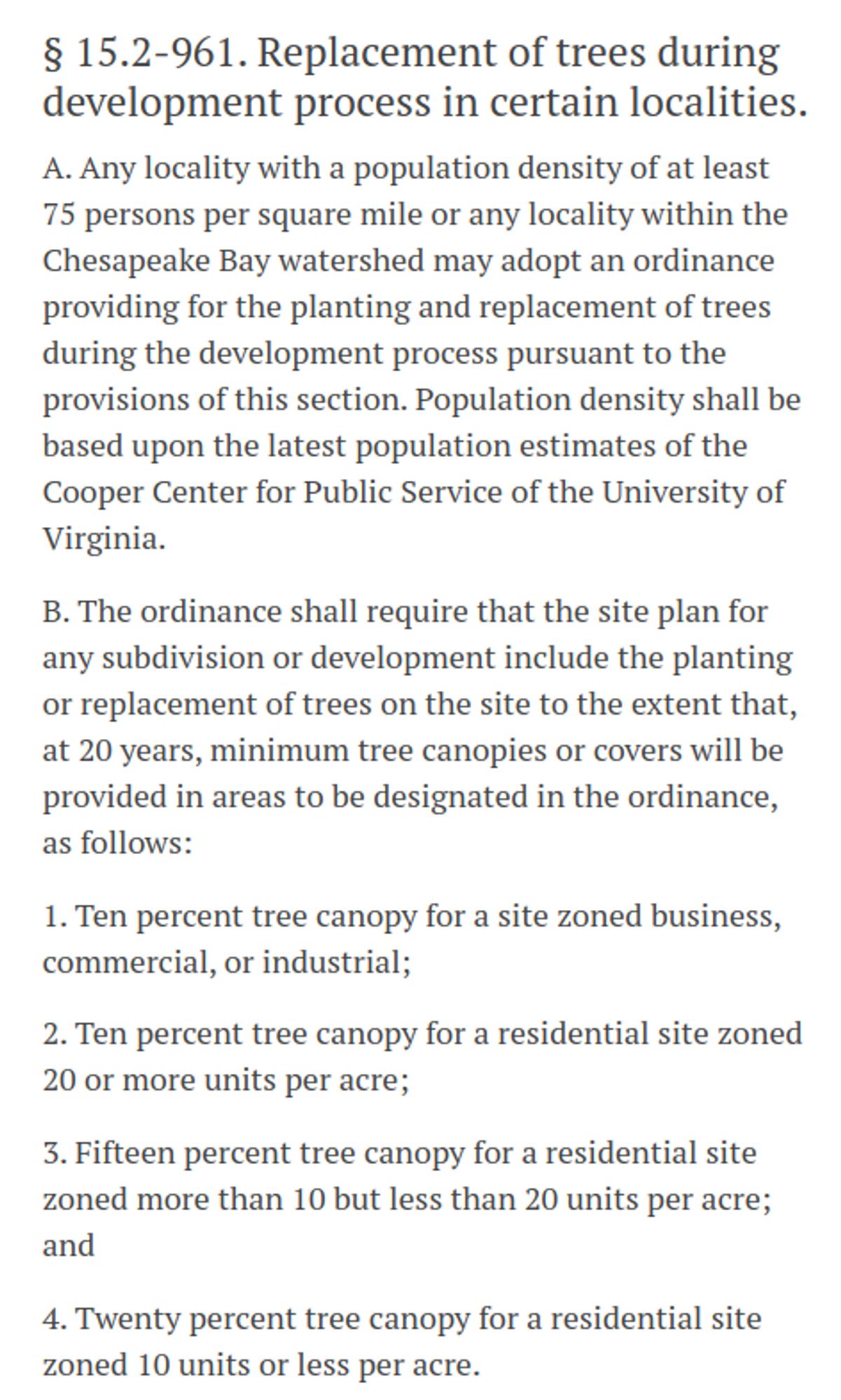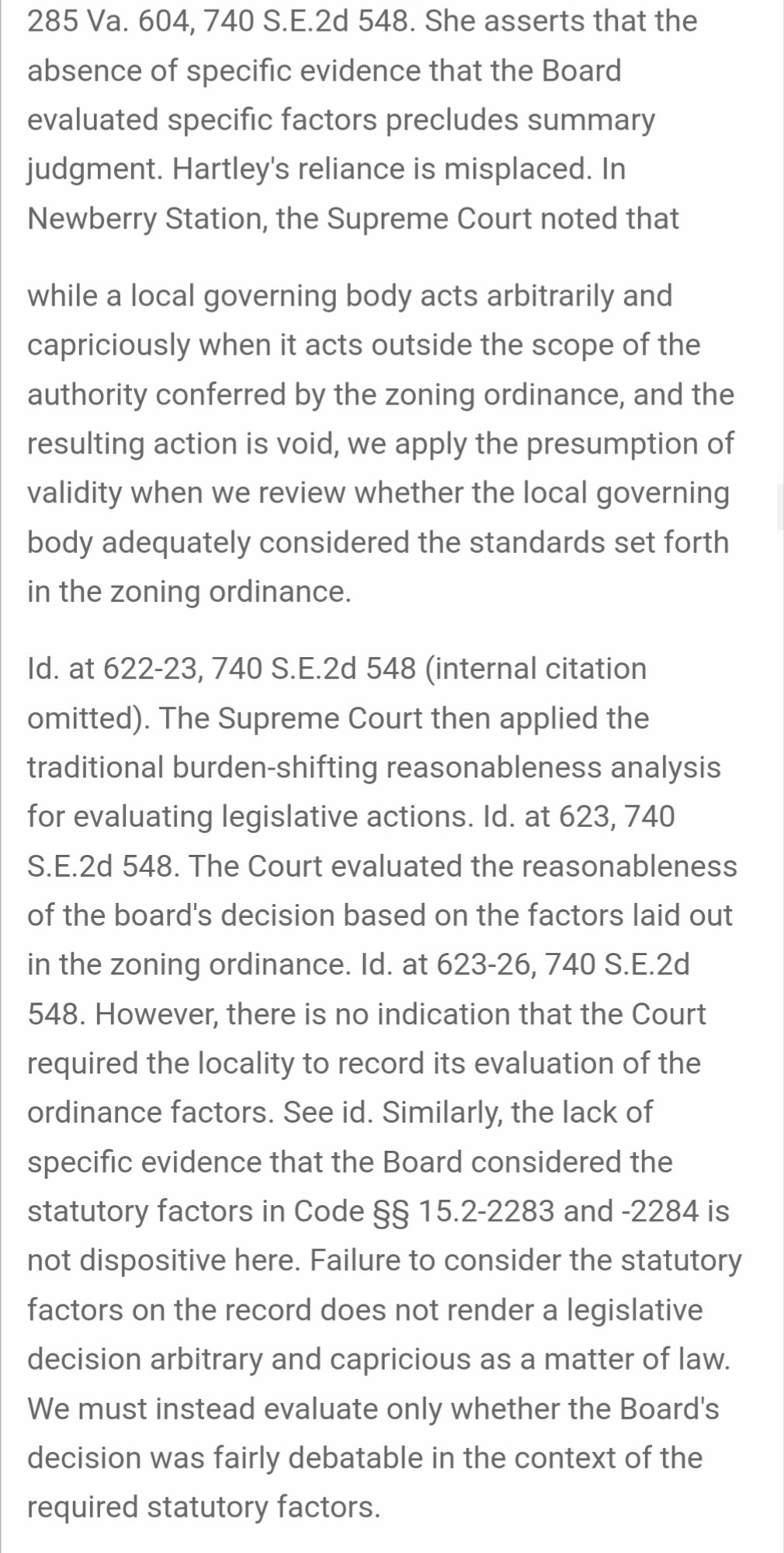All the (justified) cynicism in here aside, are they hinting at an ad hoc committee for single-stair consideration? Or at least at BCAC seriously discussing the issue instead of the pro forma testimony and vote as if it were a tweak to the way stair tread illumination is calculated?
That's why we need to get zoning preemptions in place now! 😉 Another wrinkle: if the Waymo strategy of map-every-single-street is first to market, it may well be that urban areas get AVs long before exurban areas. New subdivisions might have to wait years for mapping, just like with Street View.
That's true, though the WFH shift happened rapidly and the land use shock (↓ office demand) is taking a long time to play out into real-world adjustments (because office→resi conversions are hard). Effects of the AV land use shock (↓ parking lots) could be much faster, and might be more significant.
At first blush I'd say that combo of things could be good for low-rise urbanity — dense enough that non-commute trips can be done on foot within a local neighborhood (skip the robotaxi fee to go to dinner), but without incurring higher $/sf building costs of taller buildings.
(1) seems like a second- or third-order effect, not sure I'd jump that far. More immediately: ↓ Disutility of driving time ↓ Travel time between points in urban areas (point-to-point, lower transit opex = ↑ freq) ↓ Land costs in urban areas (no parking lot demand) ↑ Marginal trip cost (if fleets)
Right — I guess it really depends on whether the AV future is the Tesla model of privately-owned AVs, or the Waymo model of taxi-like fleets. At this point it seems like the latter is more likely, though I hear LIDAR costs are plummeting in a way that might make the former possible.
This is a fascinating research project, but without imposing a marginal cost for each trip it probably overestimates the VMT increase (and mode substitution especially for long-distance trips) that would result from a fleet-based AV rollout?
It's a maximum number of trees that localities can require. Property owners are, of course, allowed to have more trees. law.lis.virginia.gov/vacode/title...

Only exception is for developments with <2,500sf of land disturbance, but I think even small projects under their Missing Middle ordinance would be hard pressed to not disturb that much. (And if they manage to not, the effects are likely de minimis.)
Under VA law the consequences aren't exactly what's under dispute, it's whether the Board "considered" the factors in § 15.2-2284. But a recent (precedential) Court of Appeals ruling says that those factors don't have to each be explicitly debated. law.lis.virginia.gov/vacode/title...
